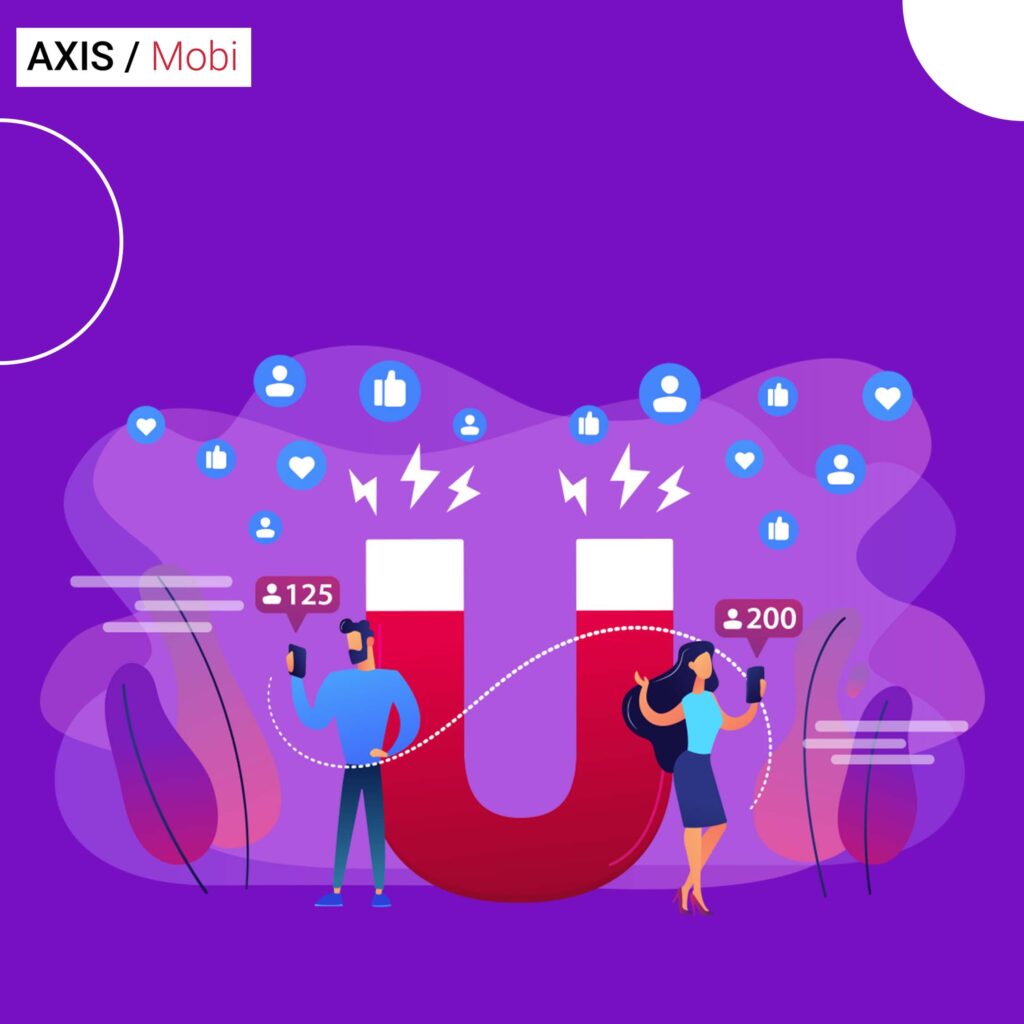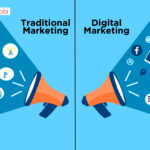When creating on-app advertising campaigns, you must ensure that your adverts reach the appropriate individuals at the right time. If your advertising isn’t correctly targeted, they’ll be considerably less likely to connect with your target demographic and generate brand awareness or sales. Building unique buyer personas for each part of your audience is critical for getting the most out of your marketing budget.
In this in-depth guide to generating buyer personas, we’ll go over what these tools are, why you need them, and how you can create your own for your in-app advertising campaigns.
What Exactly Is a Buyer Persona?
A buyer persona is a detailed description of a particular sort of consumer. Buyer personas are mini-biographies of fictionalized representations of an audience. A persona will include practically all of the information available about that specific audience, such as age, gender, hobbies, interests, employment, geographical location, careers, goals and ambitions, family size, marital status, and whether or not they have children.
While creating buyer personas may appear time-consuming, the effort is well worth it if you can use them to present a thorough picture of your target customer. Seventy-one per cent of organizations that meet or even exceed their goals do so in part due to the creation of buyer personas.
What Is the Purpose of Buyer Personas?

Buyer personas allow companies to thoroughly understand their consumers and prospects, encompassing all of their desires and requirements. As a result, businesses may more readily personalize content to their consumers based on what they’re searching for from a brand. A good buyer persona will thoroughly consider an audience’s interests, requirements, worries, and habits.
For example, you may be aware that a sizable section of your audience is made up of parents, but what are those parents’ specific requirements? You can find out by creating a detailed consumer persona that puts all this information in a thorough, accessible style. Using this character, you can tailor your ad messaging and images to communicate more directly to people, resulting in a better connection.
While creating buyer personas, you’ll be able to discover the applications and platforms your target users are most likely to utilize. This will help with ad placement, ensuring that your adverts appear in front of the correct individuals at the right time and place. To get the most from your buyer personas, you must know how to build them. You can do so with a combination of thorough research and creativity.
How Do You Create Buyer Personas?
There are a few crucial actions to follow while creating buyer personas. In this section, we’ll go over the whole process of creating personas for your company.
1.Investigate your Target Audience:

To begin, you will need to research your target consumers, including both current and future clients. Even if you feel you have a firm grasp of your target audiences, you may be overlooking specific essential details that you should be aware of if you want to target them even more successfully.
Several factors to consider while you do research include: whether your consumers are autonomous decision-makers or represent another firm.
What sort of job do your consumers have, including their specific responsibilities? Their home life depends on their age, family life, and interests.
There are also various ways you may employ while studying your target audience, such as:
Employees that have direct contact with customers should be interviewed-
Employees and account managers that have direct contact with consumers will have an excellent understanding of what they want and need. You may question what they’ve noticed about your clients, which may give unique insight that you wouldn’t obtain by conducting your study. For example, an employee may be aware of a specific client pain issue that you may address in your marketing.
Speak With Existing Customers-
If possible, ask your current customers about them to better understand what they’re all about. You might do surveys using social media and email marketing, or you could interact with some of your clients in person. If you decide to send out surveys, you could offer incentives for completion, such as a modest prize or discount.
Examine Your Competitors:
Determine what your rivals are doing that is causing them to be successful after researching your customers. You may learn that a competitor performs exceptionally well with a specific audience niche. You may learn more about your rivals by exploring their websites and social media, which can help you better measure their success among their consumer base. You may apply some of these methods to your marketing based on rivals’ work.
Analyze Your Company’s Analytics:
You’ll also better understand your audience and consumers by investigating the analytics on your website and statistics on other platforms such as social media, PPC advertisements, and email marketing. By carefully reviewing the information generated by each forum, you’ll be able to identify how people are interacting with your brand and what you can do to engage better and target them.
2. Separate your buyer personas into segments:

After you’ve finished your research, start segmenting your customer personas before fleshing them out. The initial stage will be to organize all of the data you’ve gathered and seek commonalities across different groups of clients. You may start segmenting your personas based on these commonalities.
Remember that you do not have to cover every single sort of consumer all at once. If you’re new to creating and deploying buyer personas, start with a couple that reflects your most important audience groups. You may add additional and modify current buyer personas over time. You’ll eventually have a collection of buyer profiles that will allow you to hyper-target your marketing campaigns and in-app adverts.
3. Create a Narrative for Your Personas:

Now that you’ve identified specific categories to target with your personas, it’s time to bring them to life by creating a distinct fictitious individual for each persona. This will assist you in viewing each section as a person with particular requirements and a different lifestyle. Begin by giving the persona an easy-to-remember name. Many businesses employ alliteration when naming their personalities, such as “Corporate Cathy” or “Student Steven.” Naming your personas gives them a personal touch, transforming them from mere personas to individuals.
After you’ve named the persona, you can start working on a narrative to go with it. Consider the individual’s age, work title, location of residence, interests, and professional ambitions while narrating your persona’s tale. All of these factors will assist you in determining your persona’s aims and desires. Next, you may spend some time writing out the persona’s tale, putting all of this information into a framework that provides you with a thorough grasp of that specific audience.
4. Create Messages for Each Persona:

Ascertain that you and your teams understand how to connect with your target audiences based on your personalities. The manner and terminology you use to present your products will vary depending on the segment. Everyone in your business should be aware of this. Not only will different audiences respond differently to various languages, but they will also respond differently to different sorts of offerings based on what they want from you. Along with your narrative, try creating some example messaging, ad text, and graphics that may be used as a template for advertising and marketing materials. After sharing this with others, people in your business will better understand how to reach out to each audience group using the appropriate language and offers.
Also, don’t be afraid to test these messages with the appropriate portions. A/B testing allows you to send out two distinct versions of adverts, emails, and other content at the same time to evaluate which works better. You may use the results to decide which messaging or other aspects to maintain and remove from your campaigns. You will then utilize this knowledge to develop your personas by explaining what they do.
Use Buyer Personas to Boost Your In-App Ad Campaigns:

Many businesses may discover that their target consumers often use specific apps, making in-app marketing campaigns vital to success. You may utilize detailed buyer personas to predict which applications each group is most likely to use, as well as the types of advertising they want to see. Throughout the process, you’ll be able to optimize your in-app ad campaigns to reach all of your desired audiences, including both prospective and existing consumers. Consequently, your on-app ads may complement your existing highly targeted advertising efforts to increase brand recognition and revenue significantly.




